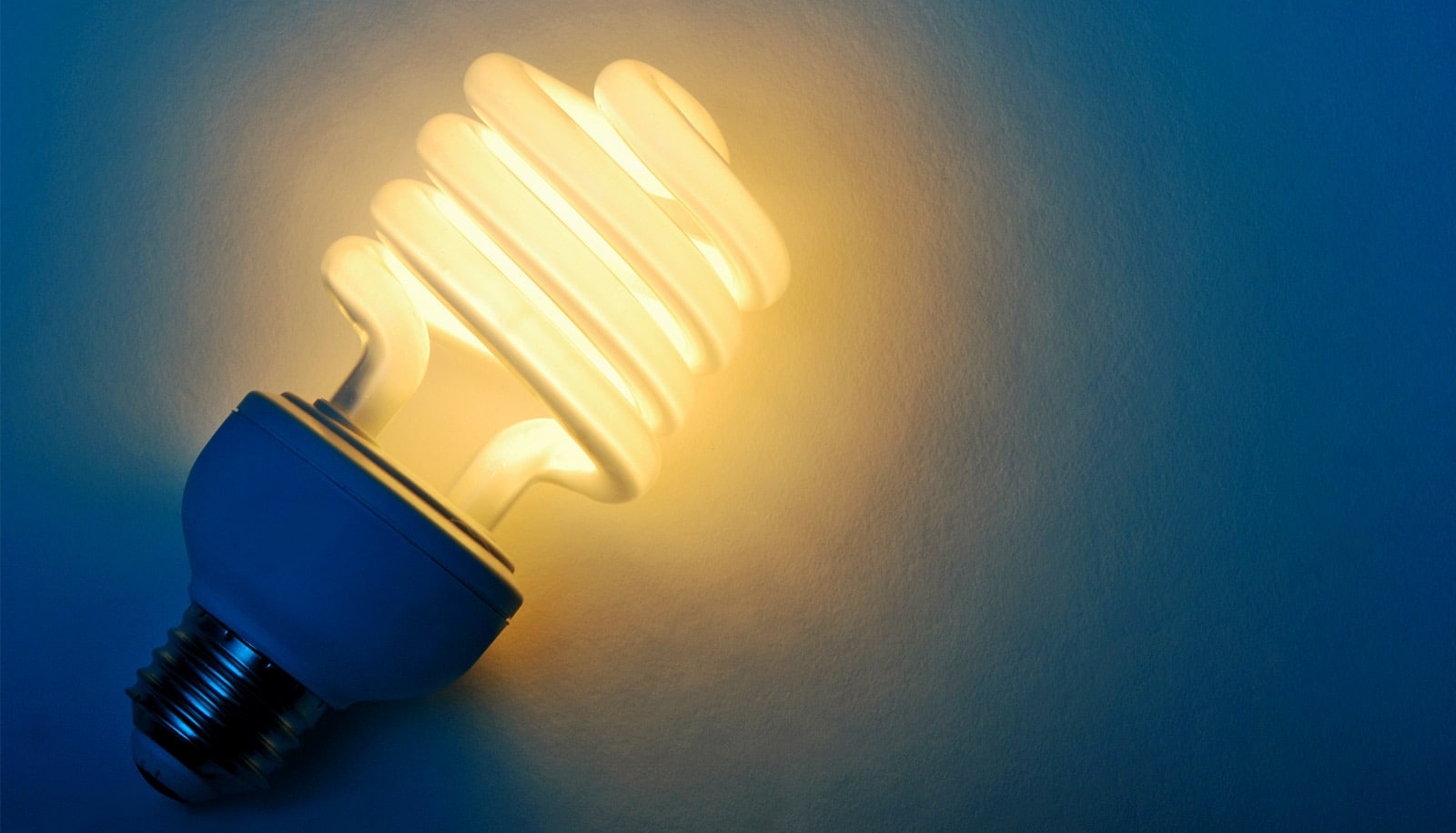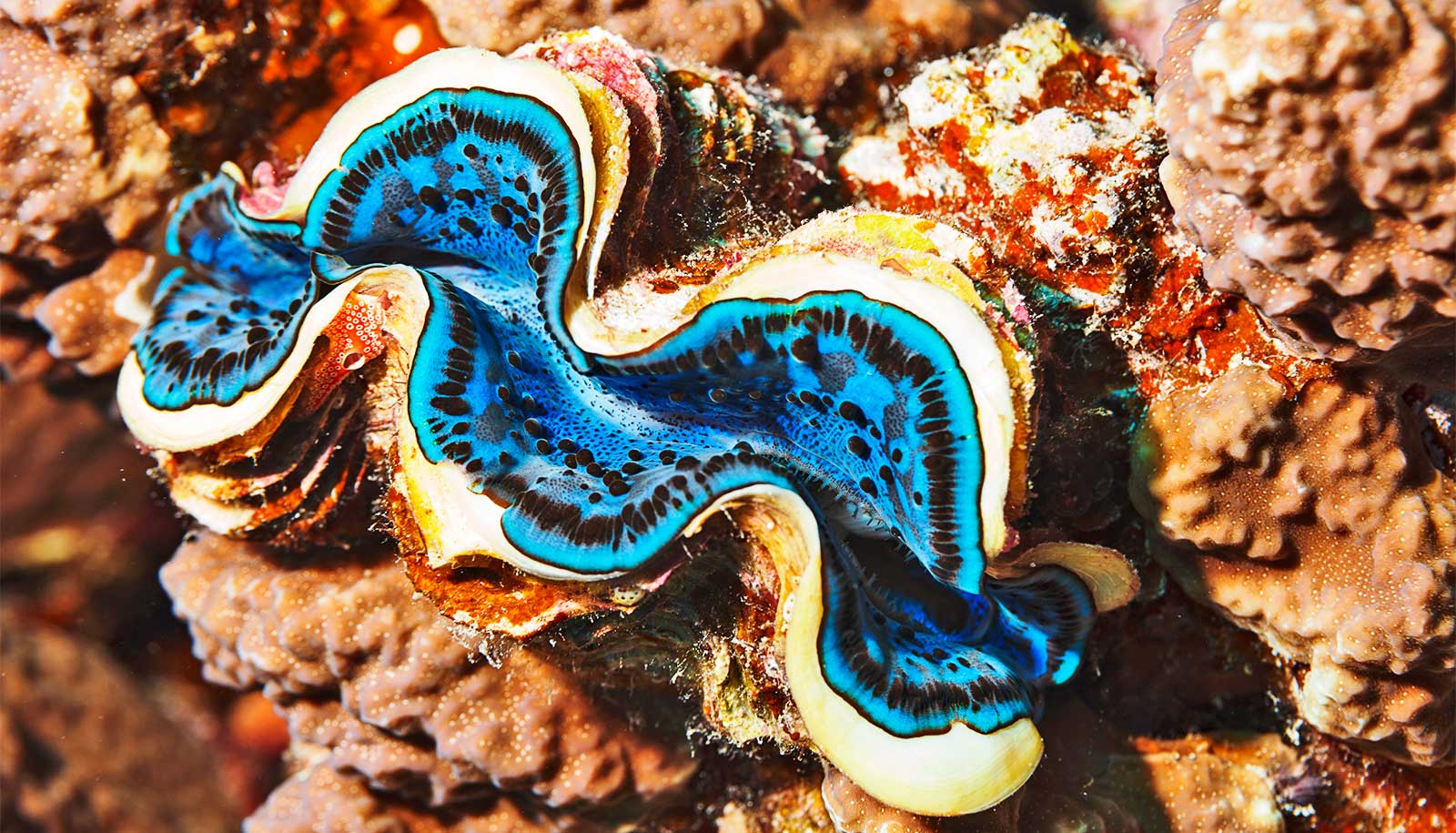Applying a tiny coating of costly platinum just 1 nanometer thick—about 1/100,000th the width of a human hair—to a core of much cheaper cobalt could bring down the cost of fuel cells.
“The idea is to put a little bit of the precious treasure on top of the cheap stuff.”
This microscopic marriage could become a crucial catalyst in new fuel cells that use generate electricity from hydrogen fuel to power cars and other machines. The new fuel cell design would require far less platinum, a very rare metal that sold for almost $900 an ounce the day this article was produced.
“This technique could accelerate our launch out of the fossil-fuel era,” says Chao Wang, an assistant professor of chemical and biomolecular engineering at Johns Hopkins University and senior author of a study published in the journal Nano Letters.
“It will not only reduce the cost of fuel cells,” Wang says. “It will also improve the energy efficiency and power performance of clean electric vehicles powered by hydrogen.”
The researchers tip their hats to ancient Egyptian artisans who used a similar plating technique to give copper masks and other metallic works of art a lustrous final coat of silver or gold.
“The idea,” Wang says, “is to put a little bit of the precious treasure on top of the cheap stuff.”
He points out that platinum, frequently used in jewelry, also is a critical material in modern industry. It catalyzes essential reactions in activities ranging from petroleum processing and petrochemical synthesis to emission control in combustion vehicles, in addition to its use in fuel cells. But, he says, platinum’s high cost and limited availability have limited its use in clean energy technologies, until now.
“There’s a lot more cobalt out there than platinum,” says lead author and Johns Hopkins postdoctoral fellow Lei Wang. “We’ve been able to significantly stretch the benefits of platinum by coating it over cobalt, and we even managed to enhance the activity of platinum at the same time.”
Earlier attempts to plate precious metals on non-precious materials were largely stymied by galvanic replacement reactions—oxidation of the non-precious metal. In this study, the team successfully suppressed such reactions by introducing carbon monoxide, a gas molecule that strongly binds to cobalt, protecting it from oxidation.
‘Tiny windows’ test may find better 2D materials for fuel cells
The cobalt-platinum nanoparticles not only reduced the usage of platinum, but also performed almost 10 times better than platinum alone.
“The intimate contact between cobalt and platinum gives rise to compressive strain,” Lei Wang says. “It shortens the distance between platinum atoms and makes the chemical reactions more feasible on the surface.”
Because platinum and other rare metals play key roles in many industrial applications, the implications of this work extend beyond fuel cells. The research team is working on adapting their technique to other precious metals and nonprecious substrates.
“Many reactions that depends on precious metal catalysts could be rendered cheaper and more effective by taking advantage of our technology,” Chao Wang says.
“At a time when we are becoming painfully aware of the limits of our non-renewable sources of energy and materials, this technique points us in a very welcome new direction.”
To make fuel cells last longer, look inside
The paper’s coauthors are from Johns Hopkins, Purdue University, Oak Ridge National Laboratory, and the Chinese Academy of Sciences. The National Science Foundation and Johns Hopkins funded the work. The researchers have obtained a provisional patent.
Source: Johns Hopkins University



